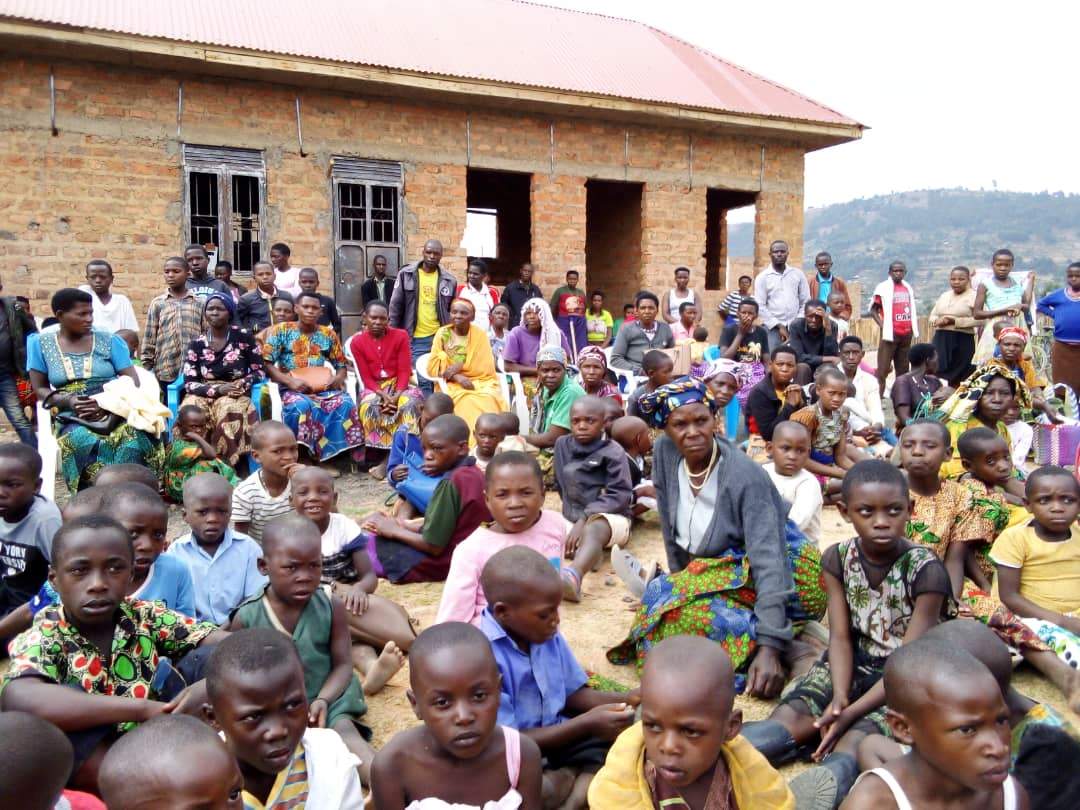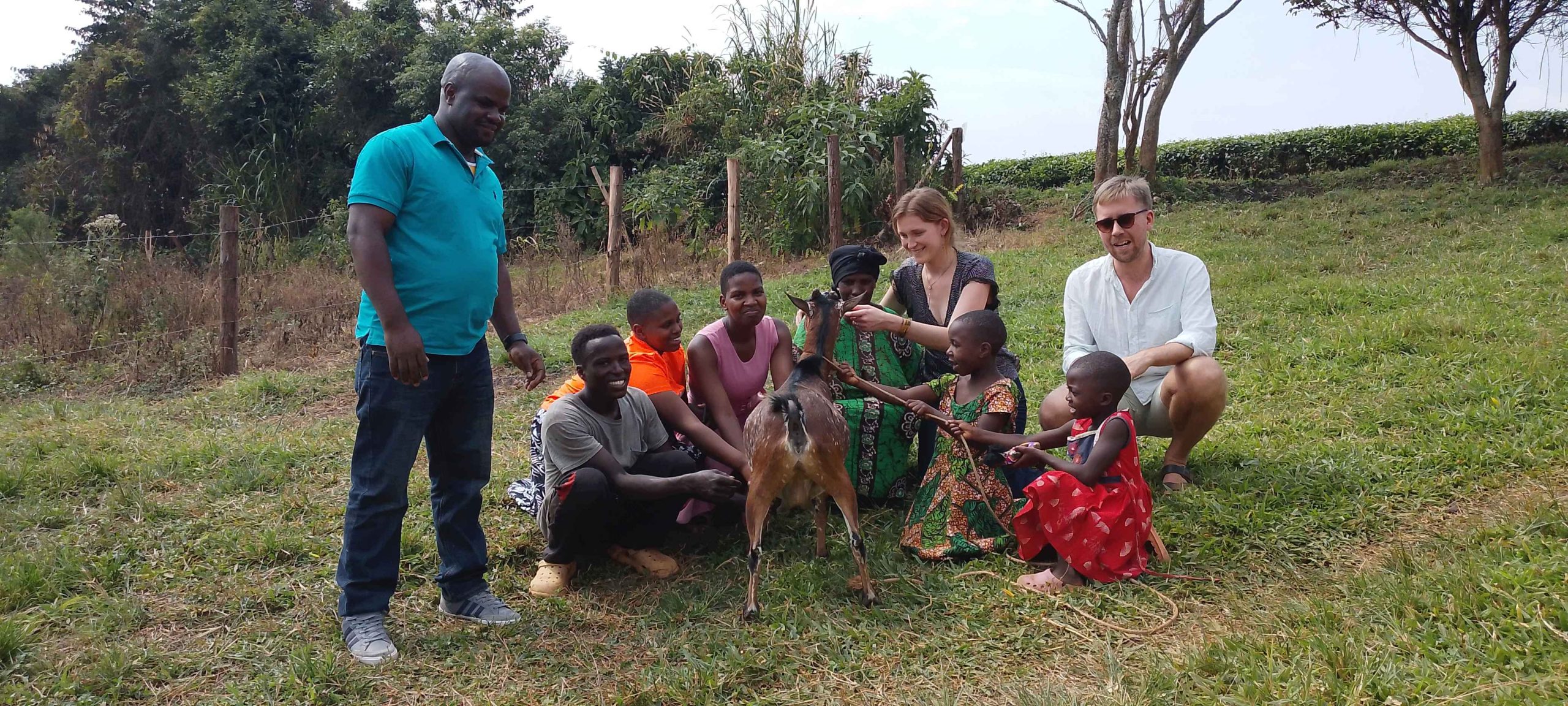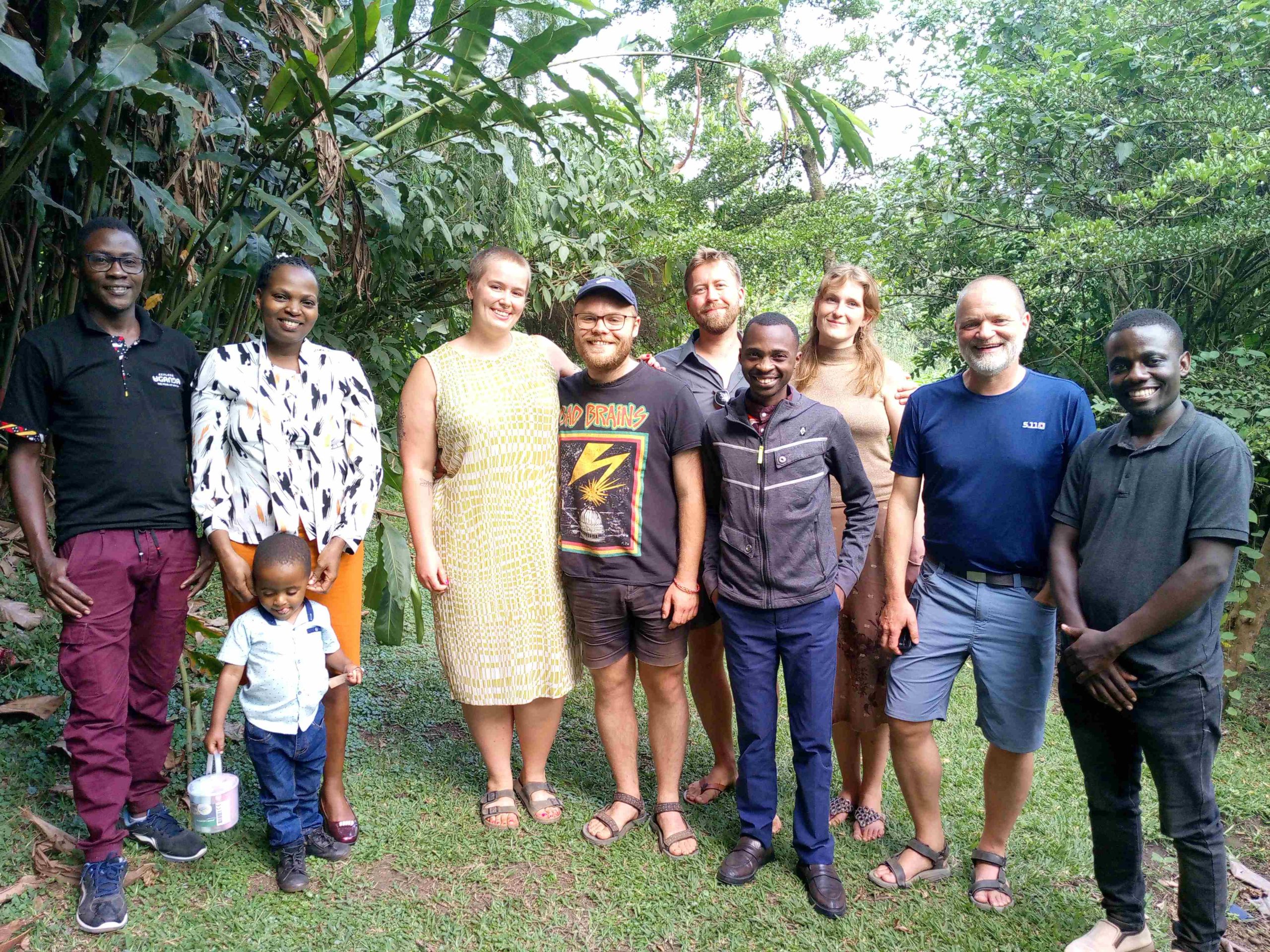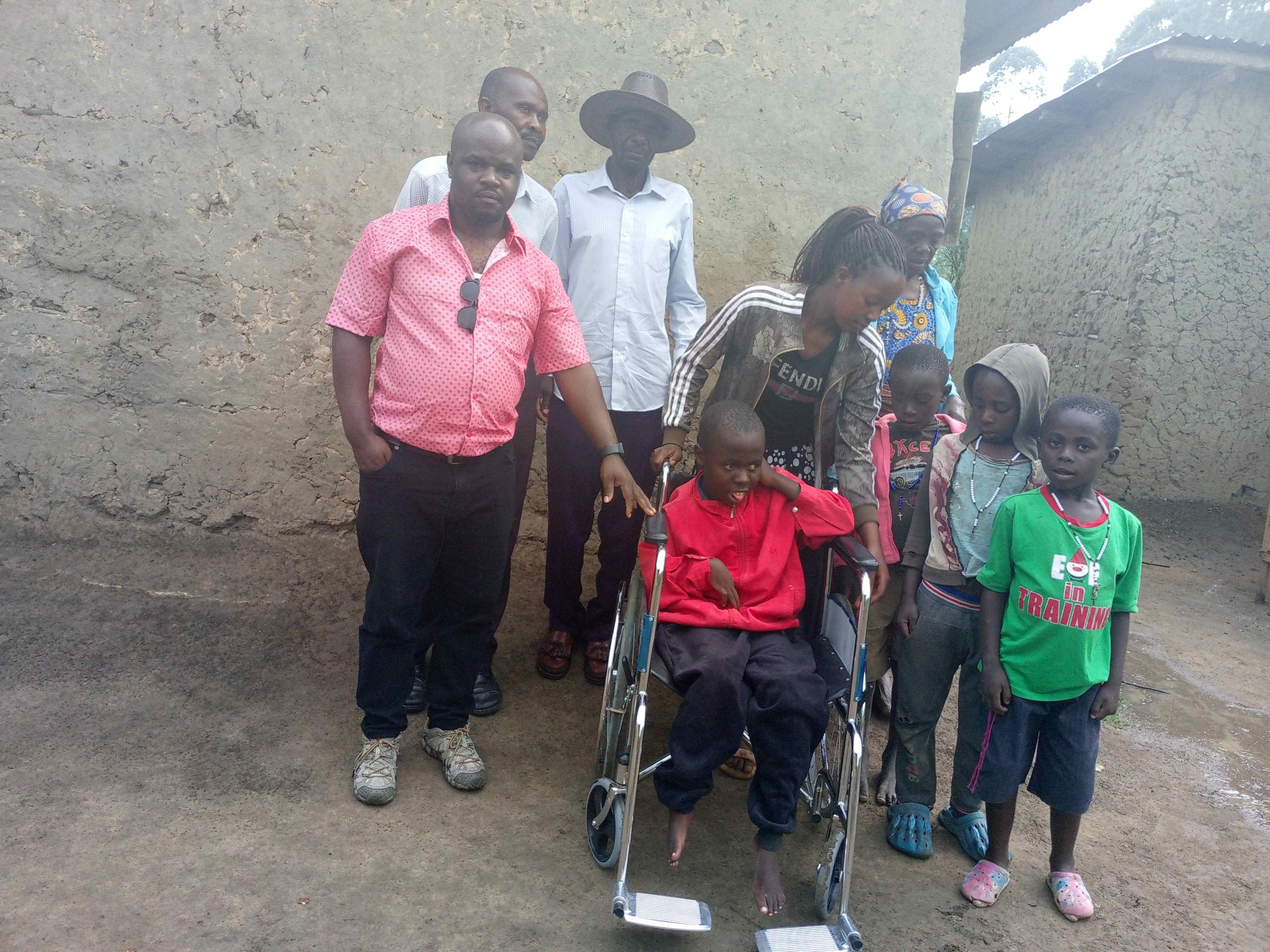Projects
Home » Projects
Key activities
The urgency to protect our environment has never been greater. Uganda faces the severe consequences
of climate change, leading to degraded ecosystems, reduced agricultural productivity, and increased
food insecurity. Communities living near national parks are under immense pressure to balance
conservation with their livelihoods. Sustainable solutions that promote environmental stewardship,
resource conservation, and climate resilience are essential to ensure the survival of these ecosystem
and the well-being of the communities that depend on them.
.
-
1. Agroecology practices
We train and support farmers to farm in harmony with nature. Our Agroecology program introduces practices like intercropping, cover crops, natural pest control, and organic soil amendments. By
diversifying crops and natural ecosystems, farmers gain multiple ecosystem services: improved
pollination, better nutrient cycling, and stronger resilience against droughts. Research confirms that
these methods do not sacrifice yield they simply manage the farm more holistically. On the ground,
we’ve seen these benefits: smallholder farms in our network report richer harvests and reduced
pesticide costs. For example, fields with flowering hedgerows attract beneficial insects that control pests
without chemicals. Beyond the farm gate, agroecology strengthens communities by stabilizing food -
2. Regenerative farming
We help farmers rebuild their land through regenerative agriculture. This means practices like no-till
farming, year-round cover crops, and integrating trees or grazing animals on crop land. These methods
protect and feed the soil every season. The result is dramatic: soils on regenerative farms become richer
in organic matter and living organisms Our program shares these techniques with farmers through
hands-on training and field demonstrations. Every planting of a cover crop or saving of compost is a step
towards long-term farm productivity. We measure success by tracking soil carbon levels, nutrient
density of produce, and farmers’ incomes. In many project sites, crop yields have increased while
dependency on fertilizers and pesticides has fallen a true win-win for people and planet. - 3. Distribution of modern food stoves: To promote efficient cooking practices and reduce indoor air pollution, the initiative will distribute modern, fuel-efficient stoves. These stoves, often designed to use less wood or alternative fuels, will help families save on energy costs and decrease their carbon footprint. By addressing health risks associated with traditional cooking methods, we aim to improve the overall well-being of community members.
- 4. Wildlife habitat protection: In collaboration with local leaders, we will establish protected areas to conserve the diverse wildlife that resides around Kibaale and Bwindi. These areas will be managed by community members, ensuring that they play an active role in safeguarding their natural heritage.
- 5. Community training programs: Workshops will educate residents on sustainable agricultural techniques, tree planting, and biodiversity conservation. Training will also include financial literacy and business skills to empower participants to start and manage eco-friendly enterprises, such as organic farming or eco-tourism ventures, which can complement their income.
- 6. Credit and savings schemes: Establish community-based credit and savings groups to empower farmers with the financial means to invest in sustainable practices.
-
7. Research and data collection: – Collaborate with universities and local research institutions to gather data on agricultural practices and environmental stewardship, enabling evidence-based decision-making and adaptive management.
8.Land restoration
We try to heal degraded landscapes by reforesting and rebuilding soil. Our Land restoration program works
with local groups to plant native trees, remove invasive species, and rebuild habitat on lands once
stripped by logging or farming. In practice, our projects have transformed barren fields into green
corridors. The result is cleaner streams, new wildlife returning, and community gardens flourishing
where once was dust. Economically, these efforts payoff: ecosystem assessments show every dollar
spent on restoration generates $7–30 in societal value. We track impact in metrics like acres planted,
tons of carbon sequestered, and families benefiting, so our donors see how their support multiplies. -
8. Forest food gardens
We create community forest gardens that feed people and wildlife together. Unlike conventional
gardens, our forest gardens mimic a forest ecosystem with multiple layers of edible plants. Tall fruit and
nut trees form the canopy, berry bushes and shrubs fill the mid-layer, and herbs, vegetables and
groundcovers make the understory. free produce and community space to thousands of people.
Following this model, RCI’s gardens become vibrant communal spaces: even after years, they continue
giving apples, berries, mushrooms, herbs and more to people and wildlife. Beyond nutrition, these
gardens offer nature-based learning and recreation. Children help harvest, elders share recipes, and
volunteers see tangible results of their work each season. Importantly, food forests also store carbon
and combat urban heat, so they tackle climate change as they feed communities.
Join us in regenerating hope. Each RCI project is a story of transformation turning barren to bountiful. By
funding these programs, donors not only plant trees and seeds, they help sow confidence and stability in
communities. Whether it’s a farmer learning a new practice or a family picking fruit from a
neighborhood orchard, your support has a ripple effect. Together we make regenerative conservation
real, measurable, and inspiring. We invite you to dive deeper into our site, donate, or contact our team
to learn how you can be part of this vital journey. Every contribution nurtures a network of life from the
soil beneath our feet to the people who depend on it.



